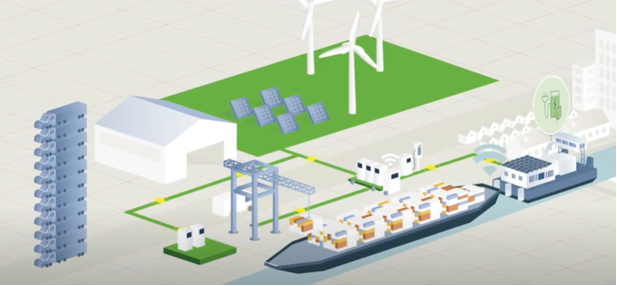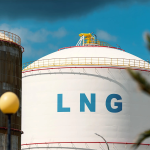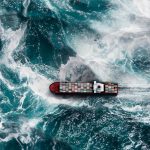Towage services provider KOTUG International will use Shift Clean Energy’s new PwrSwäp clean energy service — which is based on swappable batteries on a pay-as-you-go basis — on KOTUG’s E-Pusher vessels.
As explained, the combination supports the maritime industry in meeting its environmental, social and governance (ESG) objectives by delivering zero-emission shipping and logistics services.
The two companies have signed a memorandum of understanding (MOU) which coincides with COP26 in Glasgow, where reducing global greenhouse gases (GHGs) is at the top of the agenda. The combined services support the maritime industry in reaching this goal today, without requiring any upfront capital costs and at competitive rates, according to the duo.
“The message of COP26 is clear; we have to make changes now, with no time to waste,” Brent Perry, Shift CEO, said.
“Shipping accounts for significant GHG emissions, contributing to climate change, as well as particulates that are unhealthy for communities living near ports and inland waterways. PwrSwäp and E-Pusher bring zero emissions solutions today.”
“Combining our services paves the way for ready to market zero emission solutions. Our modular and scalable E-Pusher™ design is readily available for large scale assembly. We look forward to a fruitful cooperation,” Ard-Jan Kooren, President & CEO of KOTUG International, commented.
Shift’s technologies provide a ready-to-market pay-as-you-go service. PwrSwäp uses swappable batteries to deliver energy when and where you need it, delivering 100% uptime, eliminating carbon and minimizing maintenance.
KOTUG offers a range of modular and scalable electric pusher tugs, the E-Pusher series, powered by swappable energy containers.
The design of the E-Pusher has a draft that is 30% less than conventional pusher tug designs. Due to the modular design the E-Pusher offers a 50% faster delivery time and allows a range of vessels to suit the needs of any waterway.
For smart operations, KOTUG will use its advanced dispatching, KOTUG OptiPort route and reporting tool. An automated dispatching system based on historical and real-time information will bridge port and terminal information with ship operations.
Source: Offshore Energy






